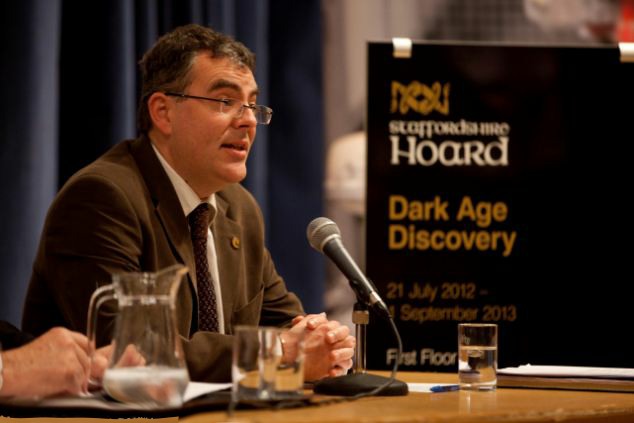













Anglo-Saxon - Identification


Powered By Sispro1

AS-Buckles-2
Reminder: What Is Treasure?
Treasure is defined by the law as any gold or silver objects, or coins, more than 300 years old which were deliberately hidden.
Under the 1996 Treasure Act, any treasure found in England and Wales belongs to the Crown.
Anyone who finds what they suspect may be treasure must report it to the local coroner within 14 days of discovery. If they don't, they risk a three-month jail sentence or a £5,000 fine.
- If an inquest declares that a find is treasure, it is offered to the British Museum or a local museum who has it officially valued by an independent board of antiquities experts.
- If they want the find, they must pay the market value of the treasure to the finder and/or
landowner.
- If they don't, the finder can keep it.
Normally, any treasure belongs to the landowner. However, a landowner can agree to split the reward with a metal detector enthusiast.
Under the 1996 Treasure Act, any treasure found in England and Wales belongs to the Crown.
Anyone who finds what they suspect may be treasure must report it to the local coroner within 14 days of discovery. If they don't, they risk a three-month jail sentence or a £5,000 fine.
- If an inquest declares that a find is treasure, it is offered to the British Museum or a local museum who has it officially valued by an independent board of antiquities experts.
- If they want the find, they must pay the market value of the treasure to the finder and/or
landowner.
- If they don't, the finder can keep it.
Normally, any treasure belongs to the landowner. However, a landowner can agree to split the reward with a metal detector enthusiast.

Staffordshire County Archaeologist Stephen Dean addresses a press conference about newly discovered Anglo Saxon treasure at the Potteries Museum and Art Gallery in Stoke on Trent, Staffordshire
The Hoard was valued at £3.3m by independent experts at the British Museum - the most valuable treasure discovery ever made.
The fundraising campaign was led by The Art Fund, and featured a major donation from the National Heritage Memorial Fund.
The Staffordshire Hoard is the largest collection of Anglo-Saxon gold and silver metalwork ever found, anywhere in the world.
The fundraising campaign was led by The Art Fund, and featured a major donation from the National Heritage Memorial Fund.
The Staffordshire Hoard is the largest collection of Anglo-Saxon gold and silver metalwork ever found, anywhere in the world.
Looking After Your Finds - 2nd Staffordshire Hoard Find
Designed by Nigel G Wilcox
Complimentary Topics
The Paragon Of Metal Detecting
& Archaeology
& Archaeology
Copyright All Rights Reserved by Nigel G Wilcox E-Mail: ngwilcox100@gmail.com
Pages
Anglo-Saxon Finds
Main Coin Menu

Anglo-Saxon Coins
Member NCMD
Anglo-Saxon Menu






















